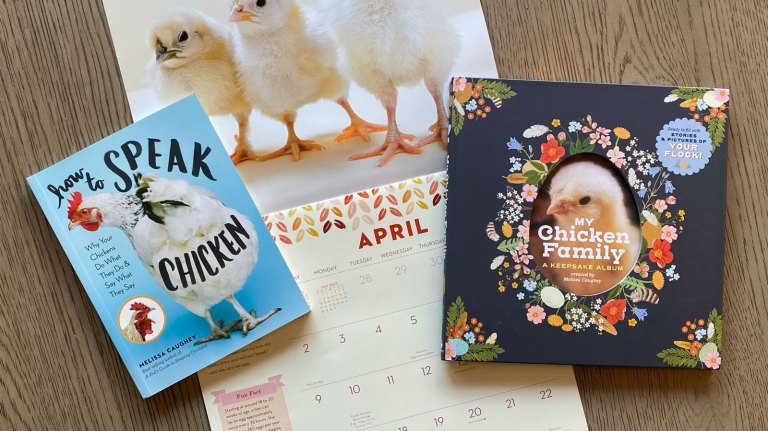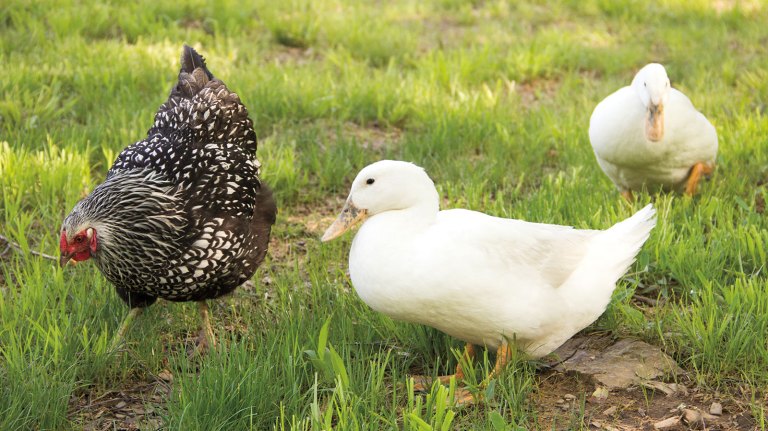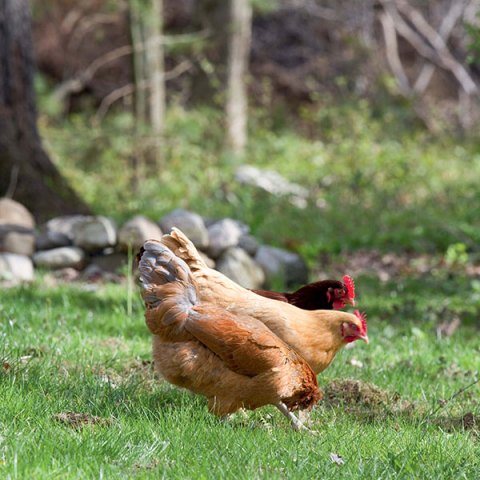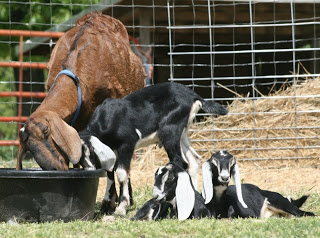Arched Back — Horeserider’s Problems and Solutions
A featured entry in the “Deep Seats” series
Problem
The root of the problem is that the rider is tipping her hips forward. This causes the back to arch and the seat bones to not be connected to the horse. It also causes the rider’s shoulders to lean forward, which can put the horse on his forehand. Tipping forward like this leaves you vulnerable to falling off over the horse’s shoulder. This lack of connection diffuses the ability of the seat to influence the horse as well (Illus. 9).
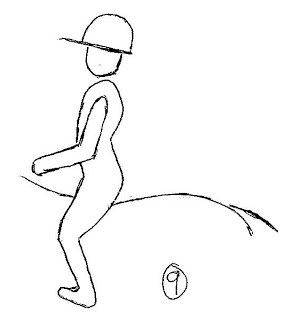
Problem: Arched Back
Solution
- Tuck your seat: Hold on to the pommel, and slide your seat bones forward on the saddle. This will tuck your buttocks more under your body (Illus.10).
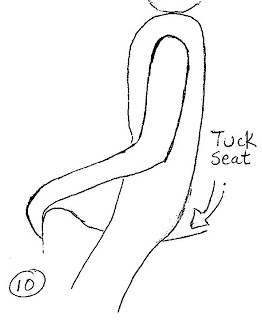
Solution: Tuck Seat
- Touch helper’s hand: At a standstill have a friend hold her hand behind your lower back where the back should be and try to touch her hand with your spine (Illus. 11, Illus. 32, Illus. 33).
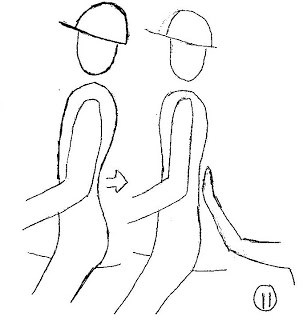
Solution: Touch a hand behind you
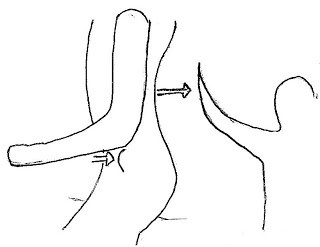
Problem: Too much lower back curve
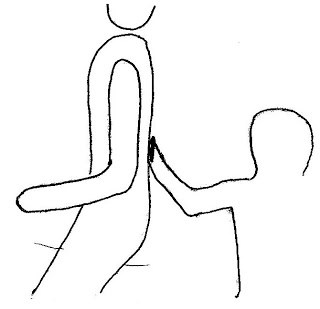
Solution: Stretch lower back flat to touch instructor’s hand
- Belly button to spine: Think about pulling your belly button back to your spine (Illus.12).
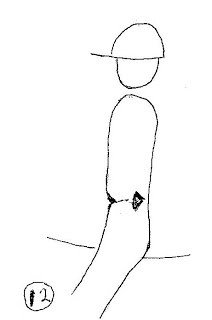
Solution: Pull belly button to spine
- String on pubic bone: Picture a string on your pubic bone. Imagine that this string is pulling upward. This is the way the muscles of the abdomen should work. They should pull up and release in rhythm, especially in trot. See in your mind’s eye your pubic bone moving forward and up (Illus.13).
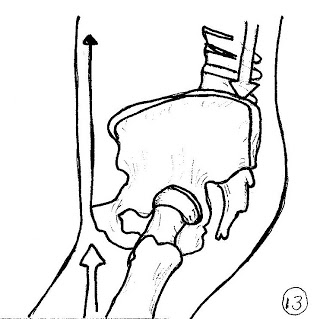
Imagine a string attached to your pubic bone pulling upward
Stomach in/tuck seat: This is similar to the exercises above. If you have any experience with ballet, you will be familiar with pulling the stomach in and tucking the seat (Illus. 14).
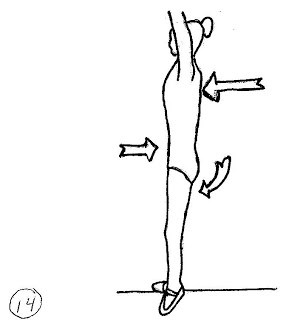
The ballet position
- Hinged back: Visualize a hinge at your waist. The upper body should stay tall while the waist and hips are allowed to move with the motion of the horse (Illus. 15).
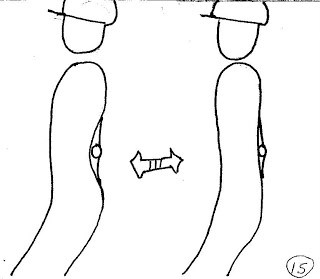
Visualize a hinge at your back
- Barbie bend at waist: This image is like the last. Imagine that you can bend at the waist like a Barbie, without collapsing your upper torso (Illus. 16).
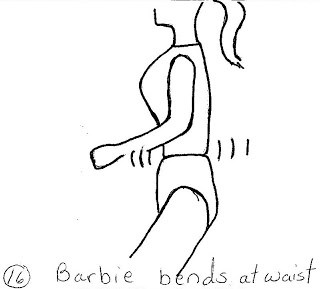
Barbie bends at waist
These exercises can be over-exaggerated. Have a grounds person watch you and let you know when you are aligned properly.

